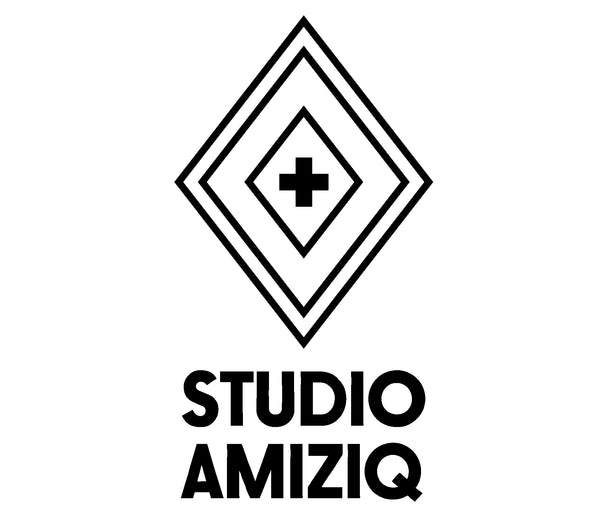The Fake Beni Ourain Rug Crisis: Protecting Craftsmanship in a World of Synthetics
Share
 The Beni Ourain rug, with its distinctive geometric patterns and luxurious feel, has become a design staple. But beneath the surface of this popular trend lies a troubling truth: a surge of mass-produced, synthetic imitations is threatening the traditional craftsmanship that defines these iconic Moroccan treasures.
The Beni Ourain rug, with its distinctive geometric patterns and luxurious feel, has become a design staple. But beneath the surface of this popular trend lies a troubling truth: a surge of mass-produced, synthetic imitations is threatening the traditional craftsmanship that defines these iconic Moroccan treasures.
For generations, Beni Ourain rugs have been handwoven by Berber women in the Atlas Mountains of Morocco. Using natural, undyed wool from local sheep, these artisans pour their skill, creativity, and cultural heritage into each unique piece. These rugs are more than just floor coverings; they are woven stories, imbued with the spirit of the weaver and the landscape they come from.
Sadly, the immense popularity of Beni Ourain rugs has attracted unscrupulous manufacturers who prioritize profit over authenticity. These factories are churning out cheap copies made with synthetic materials, often mimicking the look of traditional rugs but lacking the soul and quality that make the real thing so special.
This influx of fake rugs is devastating to the Berber artisans who rely on their craft for their livelihoods. Unable to compete with the low prices of mass-produced imitations, these skilled weavers risk losing their heritage and their ability to support their families. It's a direct threat to a centuries-old art form.
How to Spot a Fake Beni Ourain Rug:
Thankfully, there are ways to distinguish genuine Beni Ourain rugs from their synthetic counterparts. Here are a few key things to look for:
-
The Burn Test: This is a simple yet effective method. Carefully pluck a small strand of wool from the rug (ideally from an inconspicuous area). Hold it over a flame with tongs. If it smells like burning hair, it's likely wool. If it smells like burning plastic, it's synthetic or a blend of synthetic and natural fibers.
-
Examine the Back: A genuine Beni Ourain rug is woven by hand, and as such, the back of the rug will exhibit slight irregularities and imperfections. These are not flaws! They are evidence of the human hand at work, showcasing the unique character and personality of the weave. Mass-produced rugs will have a perfectly uniform, machine-made appearance on the back.
-
The Feel Test: Authentic Beni Ourain rugs are made with high-quality wool, which feels soft, plush, and luxurious underfoot. Synthetic rugs often feel rough, stiff, and unnatural.
-
Look for Imperfections: Don't be afraid of minor imperfections! A slight variation in color or a knot that isn't perfectly symmetrical is a sign of authenticity. These "flaws" are what make handwoven rugs truly unique and special.
Supporting Authentic Craftsmanship with Studio Amiziq
At Studio Amiziq, we are passionate about preserving the traditional art of Beni Ourain rug weaving. We are committed to providing our customers with high-quality, authentic rugs that are ethically sourced and crafted with care.
We work directly with artisans and local cooperatives in the Atlas Mountains, ensuring fair wages and sustainable practices. By choosing a rug from Studio Amiziq, you are not only investing in a beautiful and timeless piece of art but also supporting the livelihoods of the talented women who create them.
We believe that the beauty and value of a Beni Ourain rug lie not only in its aesthetic appeal but also in the story it tells and the heritage it represents. By being informed and discerning consumers, we can all play a part in protecting this precious craft and ensuring its survival for generations to come.
